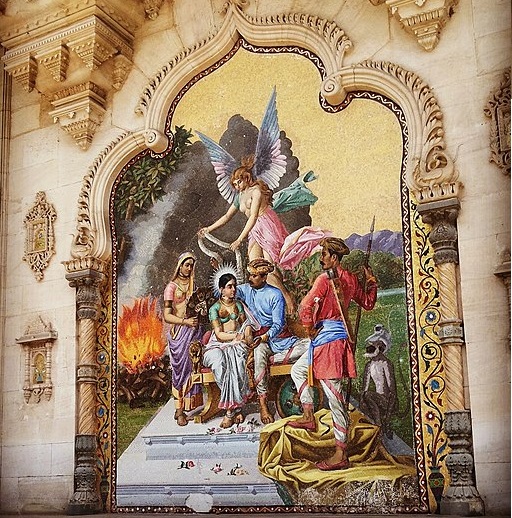
Discover the ancient art of bone carving in India, where artisans transform bones into exquisite objects, blending rich cultural heritage with centuries of artistic excellence
रूपभेदः प्रमाणानि भावलावण्ययोजनम।
सादृश्यं वर्णिकाभंग इति चित्रं षडंगकम्॥
वात्स्यायन


रूपभेदः प्रमाणानि भावलावण्ययोजनम।
सादृश्यं वर्णिकाभंग इति चित्रं षडंगकम्॥
तीसरी शताब्दी सीई में, वात्स्यायन ने अपनी पुस्तक कामसूत्र में चित्रकला के छह सिद्धांतों को चिन्हित किया जिन्हे षडंग नाम दिया गया। यशोधर पंडित, जो 11वीं या 12वीं शताब्दी में राजा जय सिंह के दरबार का हिस्सा थे, उन्होंने अपनी पुस्तक "जयमंगला" में षडंग की अवधारणा को समझाया।
इति चित्रं षडंगकम् These are the six main principle of limbs of a painting. एक सच्चे कलाकार बनने के लिए छह अंगों या षडंग में महारत हासिल करना किसी भी चित्रकार के लिए अनिवार्य है।

Discover the ancient art of bone carving in India, where artisans transform bones into exquisite objects, blending rich cultural heritage with centuries of artistic excellence

Vishnu – The creator’s 8th avatar, Krishna. The life teacher through his Kalas. In the fast-moving world, Krishna is the way of life. The gate to the creative way starts from him. In this world, many Artists have tried to portray him in the finest way artistic way. The unconditional love language of the world, Krishna. What brings you the best life according to Krishna’s teaching?

Art is a form of human expression that encompasses a wide range of mediums, including painting, sculpture, artifact, photography, and performance art. Art can be a means of self-expression, communication, or social commentary, and can be used to convey emotions, and ideas, or tell stories.